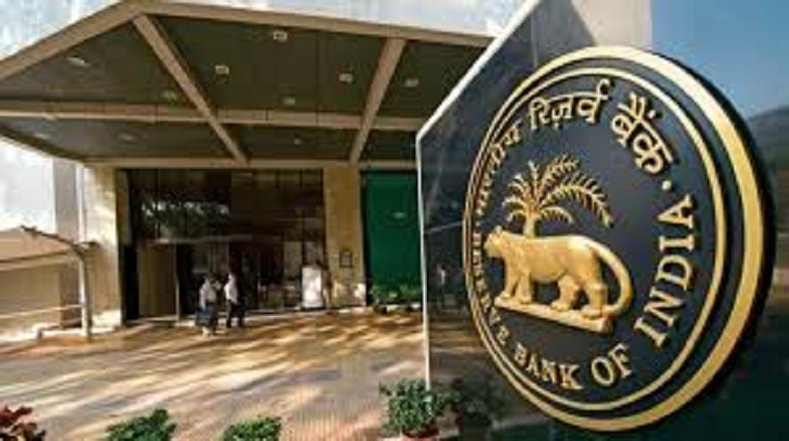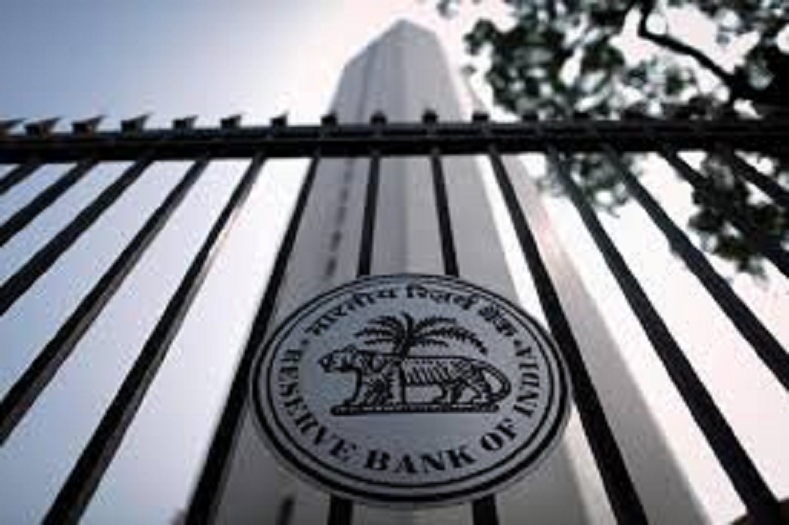With these three steps of RBI, the dominance of Indian Rupee in international trade is going to increase!
- bySherya
- 01 Oct, 2025

Indian Currency in Intenational Trader: To promote the use of Indian currency in international trade, RBI Governor Sanjay Malhotra said that transparent reference rates will be established for the currencies of India's major trading partners.

Indian Rupee In International Trade: The Indian rupee's dominance will now be seen increasing in international trade as well. Following a three-day Monetary Policy Committee meeting, the RBI announced steps in this direction. The aim is to reduce dependence on foreign currencies. Under this initiative, authorized banks have been permitted to provide loans in Indian rupees to non-resident citizens of Bhutan, Nepal, and Sri Lanka for bilateral trade.
Indian currency dominance
To promote the use of the Indian currency in international trade, RBI Governor Sanjay Malhotra stated that transparent reference rates will be established for the currencies of India's major trading partners. Furthermore, wider use of the Special Rupee Vostro Account (SRVA) has been permitted to encourage investment in corporate bonds and commercial papers denominated in Indian rupees.
Dependence on foreign currency will decrease
SRVA is an account opened by a foreign bank with an Indian bank that facilitates international trade settlements directly in Indian Rupees (INR). This will help reduce dependence on the US dollar and protect the economy from exchange rate fluctuations and currency crises. Such measures will help control the current account deficit by reducing dependence on foreign currency. The RBI Governor stated that India's external sector is strong and the central bank is closely monitoring rupee movements and is prepared to take appropriate action if needed.
While the RBI's three-day meeting of the Monetary Policy Committee decided to make the second consecutive change in the repo rate, central bank Governor Sanjay Malhotra also raised his GDP forecast from 6.5 percent to 6.8 percent. Inflation is also projected to be 2.6 percent, with a forecast of 1.8 percent in the second quarter, 1.8 percent in the third quarter, and 4.0 percent in the fourth quarter. It is projected to reach 4.5 percent in the first quarter of 2026-27.



